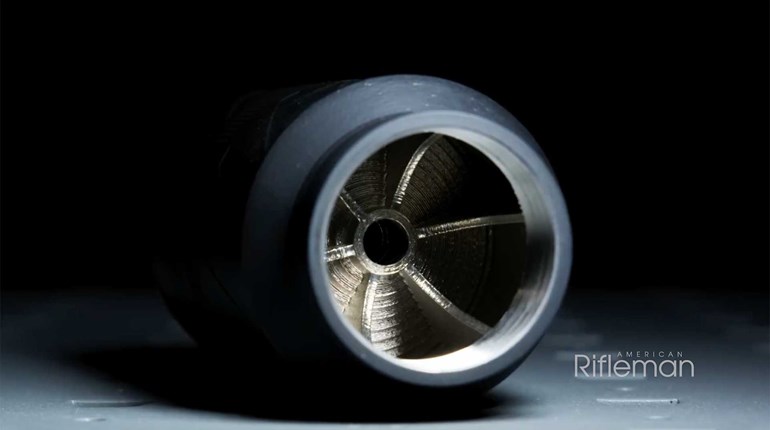

A federal judge upheld California’s ban on many popular semi-automatic rifles. U.S. District Judge Josephine L. Staton said the state could do this because “assault weapons” are “essentially indistinguishable from M-16s.”
The case was brought by several gun owners in 2017. They were trying to prove the obvious, that California’s “assault-weapon” ban is unconstitutional, as it bans commonly owned and popular firearms.
The judge justified her decision, in part, by claiming modern sporting rifles (MSR) are not popularly owned. The National Shooting Sports Foundation (NSSF) begs to differ. “More than 16 million were sold to the American public by 2018, making them one of the most commonly owned firearms in America,” says the NSSF.
Judge Staton also argued that “semiautomatic assault rifles are essentially indistinguishable from M-16s, which Heller noted could be banned pursuant to longstanding prohibitions on dangerous and unusual weapons, the Court need not reach the question of whether semiautomatic rifles are excluded from the Second Amendment because they are not in common use for lawful purposes like self-defense.”
The facts that semi-automatic designs in rifle, pistols and shotguns are very popular and common today didn’t dissuade this judge. She went on to say, “Importantly, the Second Amendment does not ‘protect those weapons not typically possessed by law-abiding citizens for lawful purposes.’ Thus, longstanding prohibitions on the possession of ‘dangerous and unusual weapons’ have uniformly been recognized as falling outside the scope of the Second Amendment.”
Again, MSRs are typically possessed by law-abiding Americans, but regardless this judge said, “Here, the Attorney General argues that (1) ‘[a]ssault rifles may be banned because they are, like the M-16, ‘weapons that are most useful in military service’; and ‘they are also not ‘in common use’ for lawful purposes like self-defense.’”
This judge either doesn’t know, or simply ignored, the reality that every firearm type now used by American citizens was once or is now used by law enforcement and the military. She also continues to ignore the popularity of MSRs.
Judge Stanton does note that “[t]he difference between the M-16 and semiautomatic rifles like the AR-15 is that the M-16 allows the shooter to fire in either automatic or semiautomatic mode, while semiautomatic rifles fire only in semiautomatic mode. However, based on the evidence presented by the Attorney General, this is a distinction without a difference. In enacting the now-defunct federal ban on assault rifles, Congress found that their rate of fire—300 to 500 rounds per minute—makes semiautomatic rifles “virtually indistinguishable in practical effect from machineguns.”
For this incredible “300-to-500-round-per-minute” figure, she cites U.S. Code [26 U.S.C. § 5845(b)]. But that code doesn’t make any such claim. It merely notes, for example, that “[t]he term ‘machinegun’ means any weapon which shoots, is designed to shoot, or can be readily restored to shoot, automatically more than one shot, without manual reloading, by a single function of the trigger.”
The case will likely be appealed to the U.S. 9th Circuit.


































